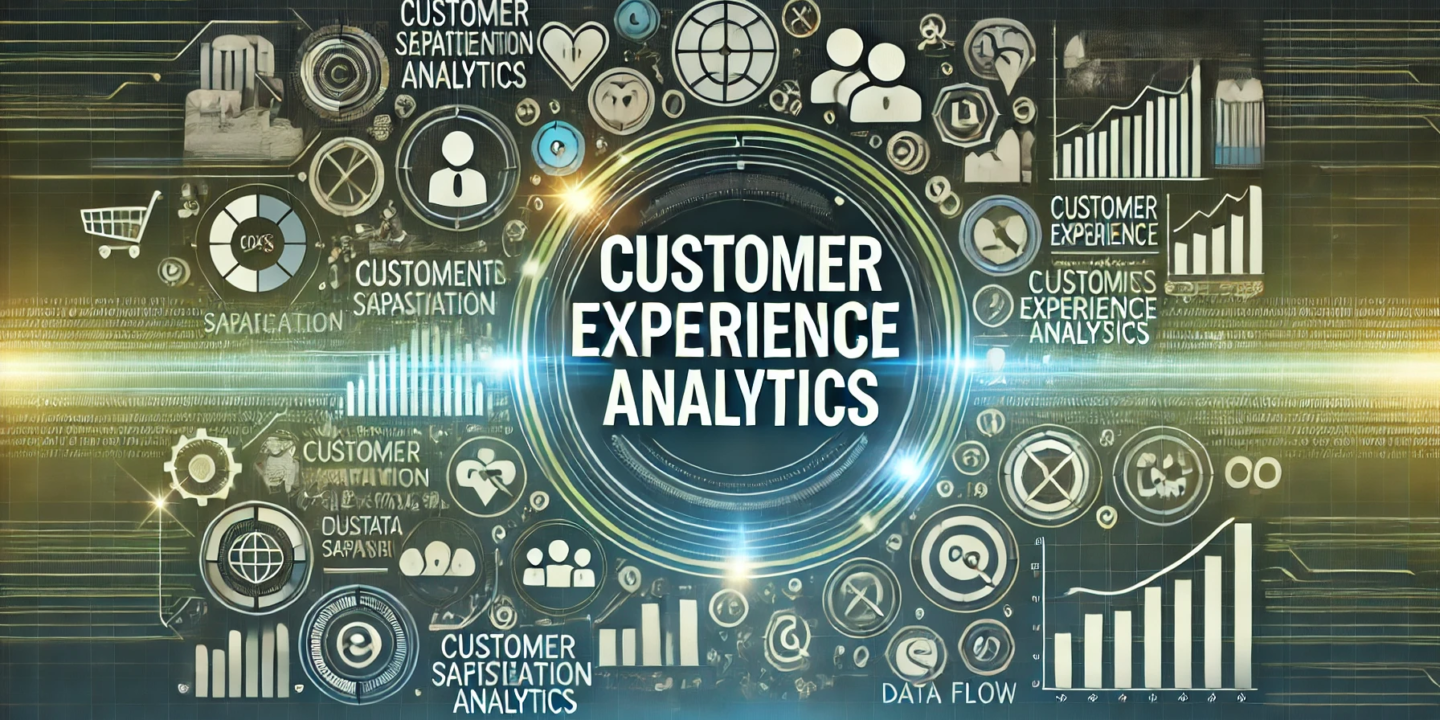
Have you ever wondered why some companies seem to know exactly what their customers want, even before the customers do? It’s like they have a sixth sense or a magic crystal ball, right? But the truth is, there’s no magic involved. It’s all about understanding the data—real, insightful data about how customers interact with their brand. This is where customer experience analytics comes into the picture.
Think of customer experience analytics as a behind-the-scenes detective. It looks at everything customers do—from browsing your website to buying your products, even to what they say about you on social media. It helps you see the big picture and understand what makes your customers tick. And when you know that, you can give them exactly what they’re looking for.
What is Customer Experience Analytics?
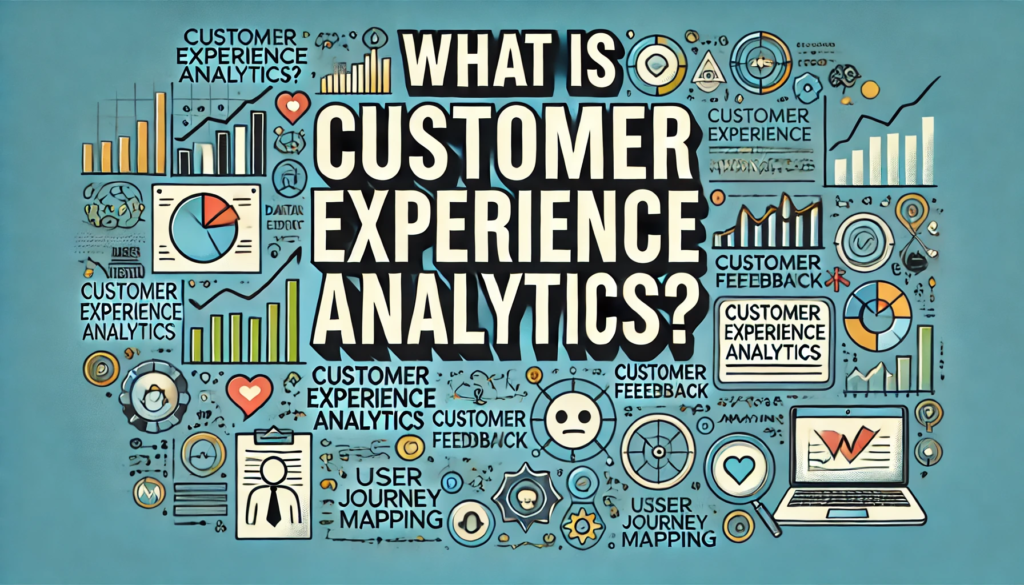
Let’s break it down. Customer experience analytics is all about collecting data on how customers interact with your brand and then analysing that data to figure out what’s working and what’s not. This isn’t just about numbers and graphs; it’s about getting inside your customers’ heads and hearts. What do they love? What frustrates them? Where do they drop off in their journey with you, and why?
Imagine you own a coffee shop. Every day, dozens of customers come in, order their favourite drink, and maybe grab a pastry. Some stay for hours, others rush out with a to-go cup. Now, if you could understand exactly what each customer is thinking—like why Sarah always chooses the oat milk latte or why John never comes back after his first visit—you’d be in a better position to keep them coming back, right? That’s customer experience analytics in a nutshell. It’s not just numbers; it’s stories.
Why Should You Care About Customer Experience Analytics?
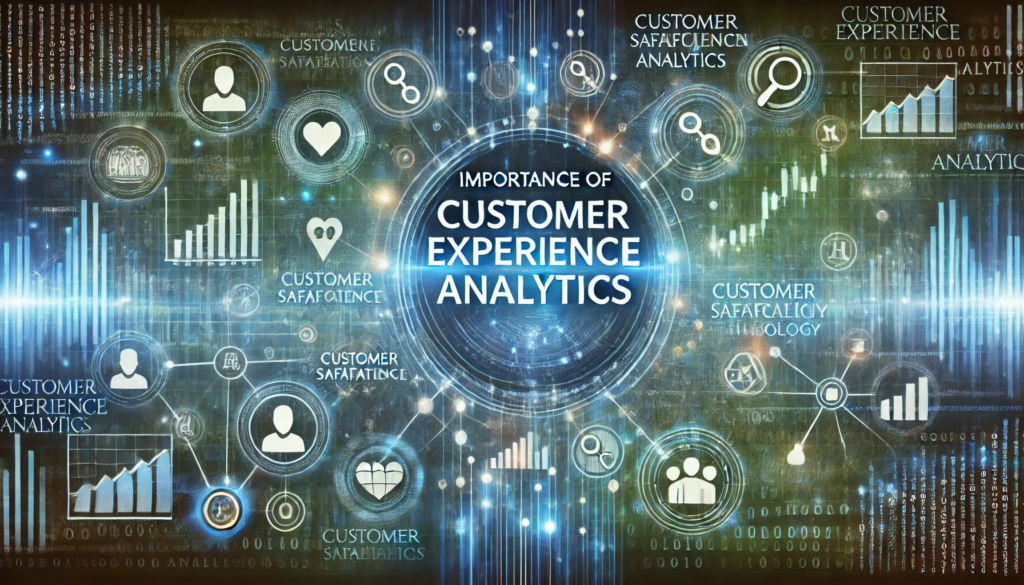
Alright, you might be thinking, “That sounds interesting, but why should I bother?” Here’s the deal: understanding your customers better means you can serve them better. And when you serve them better, they’re happier. Happy customers are like gold—they buy more, they tell their friends, and they keep coming back. It’s a win-win.
- Make Your Customers Happier: Let’s face it, no one likes to feel like just another number. When you use customer experience analytics to understand your customers’ needs and likes, you can personalise their experience. And who doesn’t love a personalised touch? It shows you care.
- Keep Them Coming Back: Loyalty is a big deal. If you can use data to anticipate what your customers want before they even know they want it, you’re way ahead of the game. That’s how you turn one-time buyers into lifelong fans.
- Make Smarter Decisions: Ever find yourself stuck making a business decision and wish you had a crystal ball? Digital customer experience analytics solutions are that crystal ball. It’s not about guessing; it’s about knowing what’s working and what’s not so you can make decisions with confidence.
- Boost Your Bottom Line: At the end of the day, happy customers mean more sales. If you’re constantly improving your customer experience based on solid data, you’re going to see those numbers go up.
What Are the Key Components of Customer Experience Analytics?
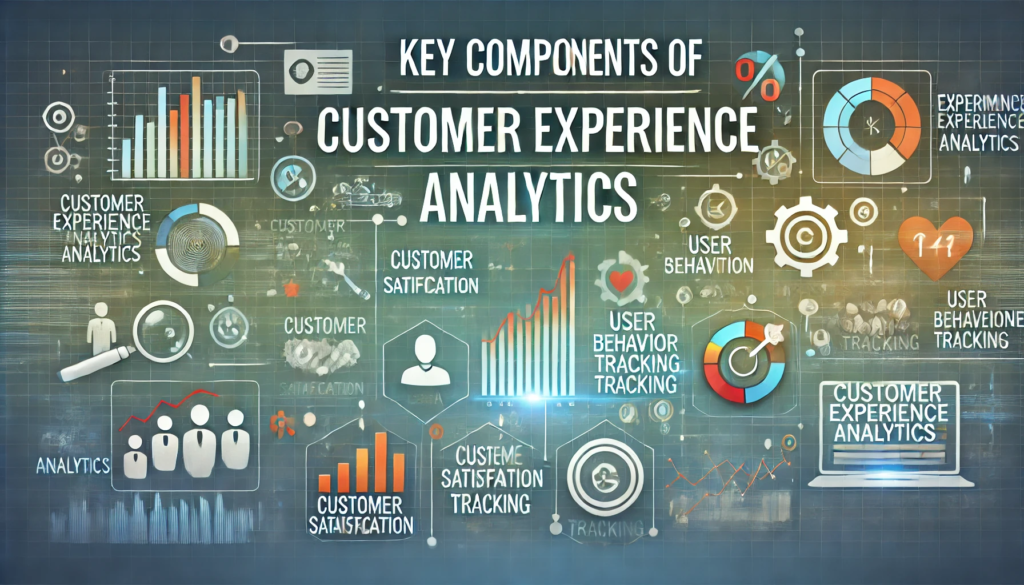
Okay, let’s get a bit more practical. How do you actually do customer experience analytics? What are the main pieces of the puzzle?
Understanding the Customer Journey
The first thing you need to know is what your customer’s journey looks like. This isn’t just about when they hit “buy” on your website. It’s about the entire experience—from the first time they hear about you to every single interaction they have with your brand.
Take a moment to think about this: if you run a small online boutique, a customer’s journey might start with an Instagram post, lead to browsing your website, and end with a purchase. But what happens if they add something to their cart and then leave without buying? That’s a clue! Maybe your shipping costs are too high, or your checkout process is too complicated. Knowing this helps you fix it.
Analysing Customer Behaviour
Next, you’ve got to pay attention to what your customers are doing—or not doing. Are they clicking on your emails? Are they visiting your site but not buying anything? Are they spending a lot of time on one product page but never actually adding it to their cart?
This is where behavioural analytics comes in. It’s like being a detective and looking for clues. For instance, if you notice that a lot of customers are dropping off on a particular page of your website, it might mean something on that page is confusing or off-putting. Maybe it’s the layout, maybe it’s the content, or maybe it’s just not what they were expecting.
Getting a Feel for Customer Sentiment
Have you ever read a review and thought, “Wow, this person really loves this product!” or “Yikes, this person is not happy”? That’s sentiment analysis. It’s about understanding the emotions behind your customers’ words.
By keeping an eye on what people are saying about you—whether it’s through social media, reviews, or customer service interactions—you can get a sense of how they really feel about your brand. This isn’t just about counting positive vs. negative comments; it’s about understanding the underlying emotions. If people are frustrated about a specific issue, that’s an opportunity for you to make changes and turn things around.
Looking Ahead with Predictive Analytics
Wouldn’t it be great if you could predict the future? With predictive analytics, you kind of can. By looking at past data, you can make educated guesses about what’s likely to happen next.
Let’s say you’re running a seasonal sale and notice that customers who bought certain products last year are likely to buy similar products again this year. You can use that insight to create focused marketing campaigns and promotions to connect with those customers with personalised offers.
How to Get Started with Customer Experience Analytics?
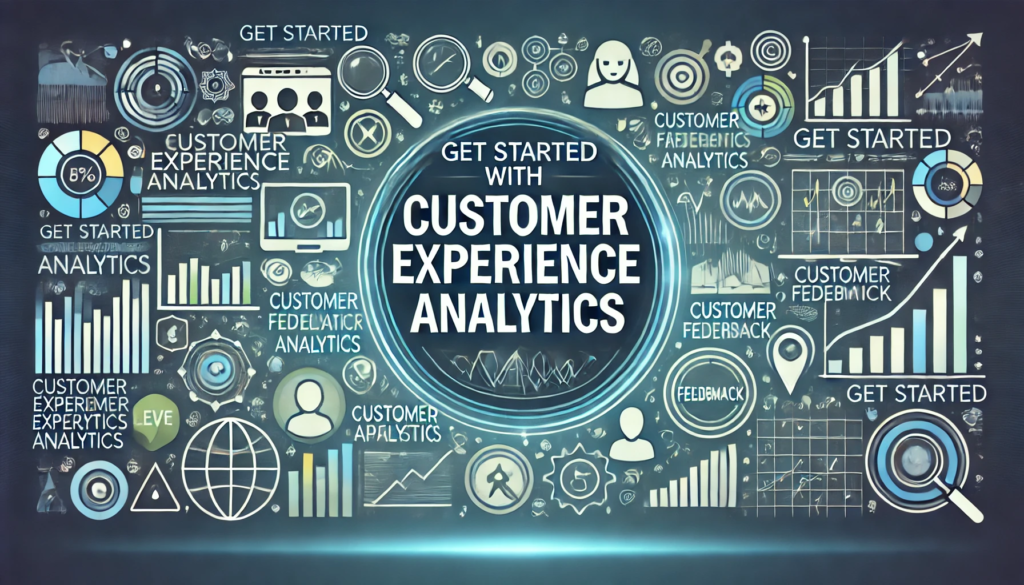
Feeling inspired to dive into the world of customer experience data analytics? Here’s how to get started:
- Set Clear Goals: Before you start collecting data, think about what you want to achieve. Are you trying to improve your website’s conversion rate? Increase repeat purchases? Reduce customer complaints? Having a clear goal will help you concentrate your efforts.
- Collect the Right Data: Think about all the places where you interact with your customers—your website, social media, customer service, and emails. Start collecting data from these sources. But remember, more isn’t always better. Focus on quality over quantity. You want data that’s relevant to your goals.
- Analyse and Interpret: Now comes the fun part—diving into the data. Look for patterns, trends, and insights. What’s working well? What needs improvement? Use tools that can help you visualise the data and make it easier to understand.
- Take Action: Don’t just sit on the insights you’ve gained—use them! Make the changes needed to improve the customer experience. Whether it’s redesigning a webpage, updating a marketing strategy, or retraining your customer service team, make sure you’re acting on what you learn.
- Keep Monitoring and Adapting: Customer experience is not a “set it and forget it” kind of thing. You’ve got to keep an eye on how things are going and be ready to adapt. Keep learning from the data, and don’t be afraid to make changes as needed.
What Tools Can Help You with Customer Experience Analytics?
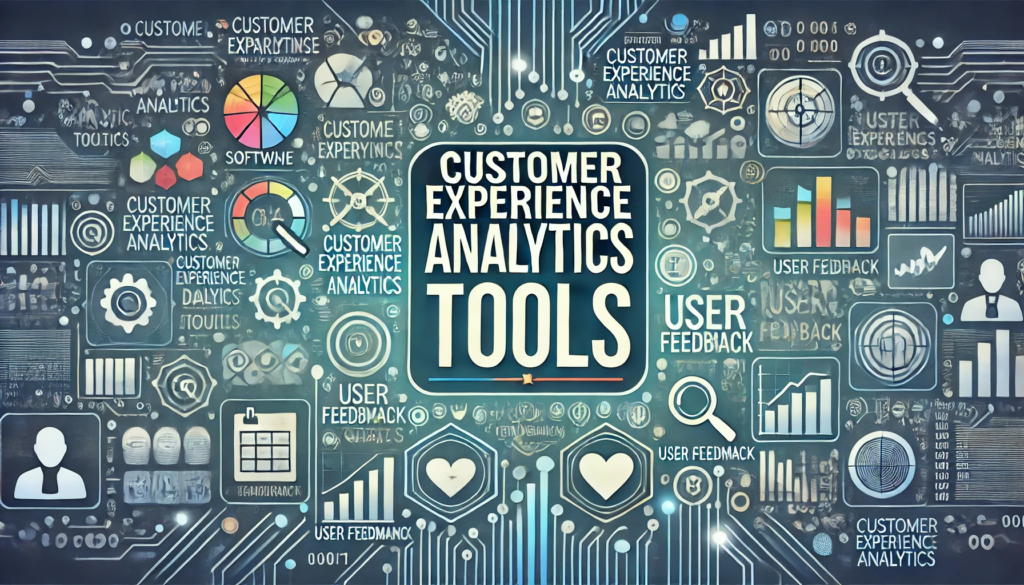
Now that you understand how to get started with customer experience analytics, you might be wondering, What tools are out there to help you get started?
- Google Analytics: This is a staple for any business with a website. It provides insights into user behaviour, showing you where customers are coming from, what they’re doing on your site, and where they might be dropping off. It’s a great starting point for understanding your online customer journey.
- Hotjar: Have you ever wondered why people aren’t clicking on that big, shiny button on your homepage? Hotjar offers heatmaps and session recordings, letting you see exactly how users interact with your site. It’s like looking over your customers’ shoulders as they navigate your pages, helping you identify any confusing or frustrating elements.
- Salesforce Customer 360: If you’re looking for a comprehensive view of your customer interactions across multiple touchpoints, Salesforce Customer 360 can be a game-changer. It combines data from sales, service, marketing, and commerce, giving you a holistic view of the customer experience and helping you deliver personalised service at scale.
- Qualtrics: When you want to get inside your customers’ heads and understand their feelings and thoughts, Qualtrics is a powerful tool. It’s great for collecting customer feedback through surveys and using that data to make strategic decisions.
- HubSpot: HubSpot offers a suite of tools for marketing, sales, and customer service. It’s particularly useful for small to medium-sized businesses looking to grow. With HubSpot, you can track customer interactions, automate marketing campaigns, and analyse customer data—all in one place.
Final Thoughts
Customer experience analytics isn’t just about numbers—it’s about understanding your customers on a deeper level. It’s about building relationships, earning trust, and creating experiences that keep customers coming back. So, roll up your sleeves, dive into the data, and start making your customer experience the best it can be. Your customers—and your bottom line—will thank you!


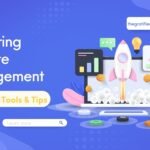

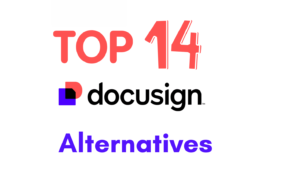



No Comments